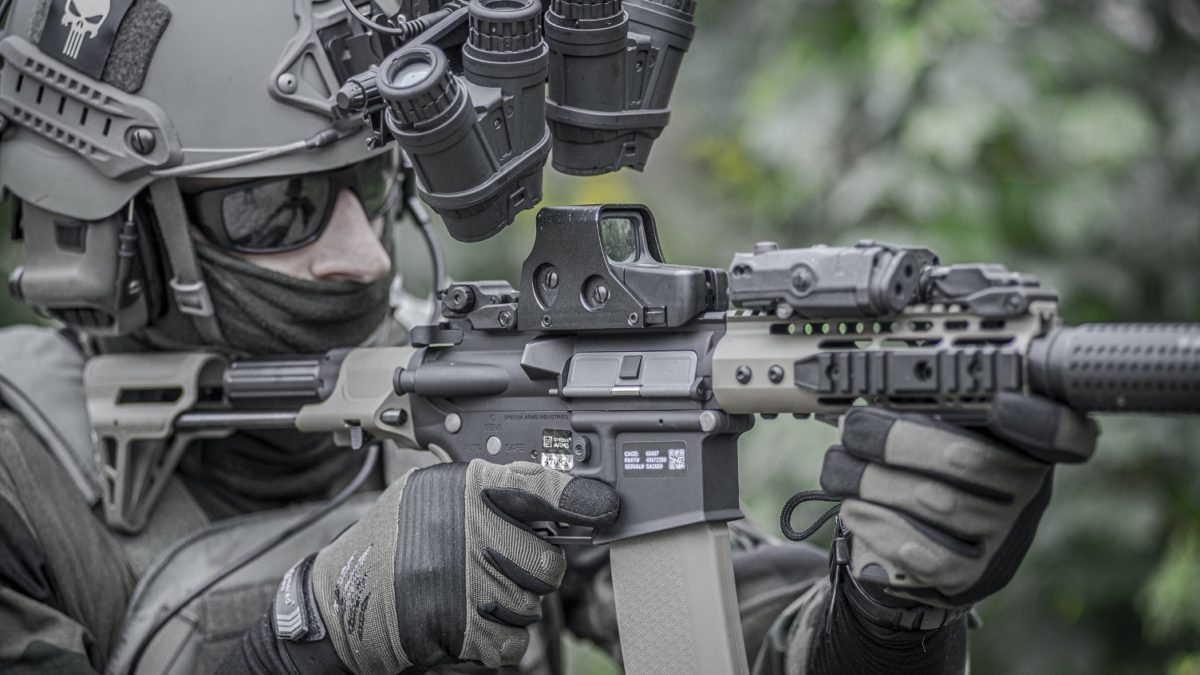
A Comprehensive Guide to Plate Carriers
Plate carriers are an essential component of military and law enforcement equipment. They provide the wearer with critical protection against bullets, shrapnel, and other projectiles. Plate carriers come in a variety of styles and configurations, so it’s important to know what you need before making a purchase. Let’s take a look at the basics of plate carriers and what you should consider when purchasing one.
Types of Plate Carriers
One of the first things to consider when buying a plate carrier is the type that best suits your needs. There are two main types: soft armor carriers and hard armor carriers. Soft armor carriers are made from lightweight materials like nylon or cotton and offer protection from handgun rounds or sharp objects like knives or broken glass. Hard armor carriers offer higher levels of protection from rifle rounds or high-velocity projectiles. Both types can be used in combination with plates for added protection; this is known as a “bulletproof vest with plates” configuration.
Fit and Comfort
In addition to offering protection, plate carriers must also provide adequate mobility, fit comfortably, and remain secure on the body during activity. To ensure proper fitment, measure your chest size using a tape measure while wearing any clothing that will be worn underneath the plate carrier (e.g., t-shirts, long-sleeve shirts). Many plate carrier manufacturers offer adjustable straps which allow for more precise fitment depending on body shape and size. When testing fitment, make sure that you can move freely without feeling constrained by the material or straps of the carrier.
Load Bearing Capabilities
Your choice of plate carrier should depend on how much weight you want to carry on your body in addition to your plates (e.g., magazines, ammunition). Generally speaking, heavier-duty carriers can hold more weight but may be more cumbersome than lighter models; however, some lightweight models can still support heavier loads if needed. It is important to wear your gear in different scenarios—such as walking, running, or crouching—to get an accurate assessment of how comfortable it is with different levels of load-bearing capabilities.
As you can see, there is a lot that goes into choosing the right plate carrier for your needs. Consider factors such as type (soft vs hard), fitment/comfortability, load-bearing capability, and price when making your decision—and always try out any potential purchase before committing! Doing so will help ensure that you choose a plate carrier that offers optimal performance while providing maximum protection during any operation or mission you may embark upon in the future.
For more articles, please click here.